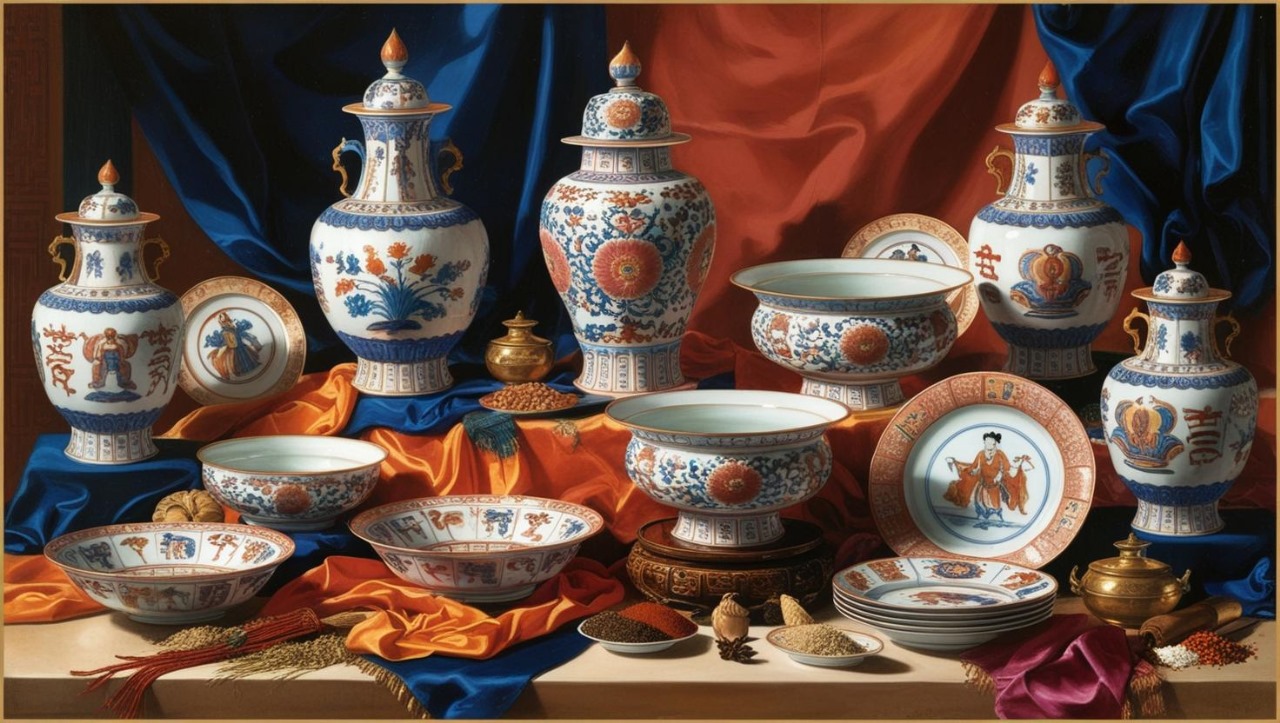Centuries before the oldest surviving university was conceived, Bihar’s Nalanda Mahavihara had already been successfully functioning for decades at the very least. According to local legend, Nalanda was originally the Amra Garden—an expansive mango grove where the Buddha himself spent three months preaching to his disciples. Later, the revered Mauryan emperor Ashoka is believed to have built a temple there. However, Nalanda’s transformation into a full-fledged learning centre came during the Gupta era, particularly under King Kumaragupta in the 5th century CE. He not only supported the institution but also formally endowed it with resources, setting the stage for its extraordinary rise. Nalanda Mahavihara was one of the oldest, most renowned Buddhist learning centres of ancient India. Established around the 5th Century, it operated as a monastery and educational facility for almost 8 centuries, until its eventual destruction by Turkic forces.
Despite its destruction centuries ago, the learning centre is still remembered as an important cultural bridge between India and China. The ancient seat of learning in Bihar drew many notable scholars from across the world including from China where Buddhism, medicine, metaphysics and other knowledge systems flowed freely between the Indic and Sinic worlds. Such cultural and knowledge exchanges have also continued to flow today. Both India and China draw meaningfully in terms of soft power and cultural capital from Nalanda’s enduring legacy, building on its intellectual foundations.
Civilizational Crossroads of Learning
During its eight centuries of functioning, Nalanda Mahavira operated as a residential university, consisting of housing for faculty and students, a grand library and thousands of palm leaf manuscripts which monks were tasked with copying for their own collection. The curriculum the monks followed included not only an in-depth study of Buddhist texts, but also secular subjects like grammar, logic, literature, astronomy and medicine.
While the Mahavihara and many of the scriptures housed within its library are lost, a significant amount of information on the learning centre survives through the writings of the foreign students and missionaries sent to far-off lands like China, Korea, Japan, Indonesia and Sri Lanka to spread the various sects of Buddhism that developed on the campus grounds. Nalanda was the only ancient non-Chinese institution attended by Chinese scholars who travelled across trade routes to reach Bihar. The curriculum's basis in Buddhism is credited for mixing science and religious belief in conjunction with analytical subjects of medicine, public health, architecture and sculpture, being taught with social sciences like law, history and logic, all alongside the primary religious focus of Buddhism. The focus on holistic learning allowed for an emphasis on servitude towards society, and the university’s placement near significant trade routes made the propagation of the developing theories quicker.
The area was well-established as a hub for Buddhist learning and culture, which drew the interest of Chinese monks after the supposed visit of Fa Hien/Faxian in the 5th Century and his quest to bring back Sanskrit texts. Following in his footsteps, several significant Buddhist scholars would follow his pilgrimage westwards, the most significant of them being Xuanzang, credited as the “monk who brought Buddhism East”.
Influenced by Faxian’s journey and concerned with the scarcity and mis-interpretable nature of the Buddhist texts that had reached China, Xuanzang set out on a journey to India around 629 CE. His quest for Sanskrit texts took him to learning centres across the country, but eventually brought him to the Bihar region, where he was warmly accepted into Nalanda Mahavihara. Here he studied the same curriculum as the other monks, while also learning of the Mahayana school of Buddhism under his mentor figure, Silabhadra. The information of the heritage of the various schools of thoughts that was previously inaccessible to him was now readily available, and he spent time creating copies of the large range of Sanskrit texts stored in the library, before continuing his journey in India and then returning to China. With him, he carried 657 texts and 150 relics, and he is credited for establishing a translating school in what was then Chang’an, as well as a Yogacara school. His journey brought back significant wealth in the form of Buddhist knowledge, and he was fictionalised in the classic Chinese quest “Journey to the West” where the narrative and protagonist are based on his story.
Following in the footsteps of Xuanzang, Yijing stayed at the Nalanda Mahavihara for 10 years. He followed the sea route around Southeast Asia and Sri Lanka and arrived in 673 CE. During his stay, he collected 400 Sanskrit texts and 300 grains of buddha relics which were later translated in China. His account consists of the practice of Buddhism in India and details regarding their customs, rules and regulations. Along with Chinese pilgrims, Tibetan monks including Thonmi Sambhota visited Nalanda to study Buddhism, Sanskrit language, grammar and other subjects. Thonmi Sambhota’s first return to Tibet was the event that marked the adoption of Buddhism as the religion of his people. Thonmi contributions emanating from his learnings at Nalanda also translated in him using Sanskrit principles and grammar to remodel the Tibetan language.
Between Cooperation and Competition
Beyond its ancient cross-cultural relevance, Nalanda’s legacy has also become a site of both cooperation and quiet competition between India and China in their modern efforts to revive its civilizational heritage. At the 2009 East Asia Summit, India pitched the initiative of reviving the educational centre of Nalanda Mahavira , in the form of a modern university now named Nalanda University and located close to the original site of Nalanda. This institute was pitched to be ideologically similar to the original Nalanda Mahavihara, as it aims to “bring together the brightest and the most dedicated students from all countries of Asia” , thus fulfilling the internationally tolerant legacy it aims to carry forward. This project was initially funded by the members of the East Asia Summit, however China particularly opted to make an additional donation in October of 2019. The Chinese ambassador, Zhang Yan noted the benefits that Chinese scholars gained from the ancient institute, specifically referring to Xuanzang as an important example of Indo-Chinese cultural exchange.
Alternatively, in 2010, while India was facing difficulties in establishing its own Nalanda University, China announced its own version of the ancient Nalanda after its presence was kept a secret for weeks by China’s Education Minister. Currently, Nalanda University in Pilkhi, Bihar has an academic staff of 45 which indicates that it has grown tremendously since its establishment in 2010.
Through the need for modern discussion of cultural connections and tensions, Nalanda Mahavihara is an important tool to communicate the importance and significance of pre-modern cultural exchanges. Chinese travellers such as Xuanzang, and by extension, the Nalanda learning centre, symbolise a time of peaceful co-existence of religious belief and secular learning, as well as the progression of ideas from West to East, and a large reason behind the contemporary desire to revive Nalanda likely stems from attempts to revitalise not only the academic system but also to revitalise the cultural connection that the diffusion of knowledge created.
In the context of contemporary efforts to re-engage with cultural connections and address geopolitical tensions, Nalanda Mahavihara stands as a powerful symbol of pre-modern intellectual and spiritual exchange. The journeys of Chinese scholars like Xuanzang, and the centrality of Nalanda in many other such encounters, reflect an era marked by the organic transmission of ideas from India to East Asia. The modern revival as well as the historic contributions of Nalanda is a much-needed reflection of the deeper civilizational ties that such exchanges once promoted.
The summary benefited from the editorial inputs of Vidisha Jain




